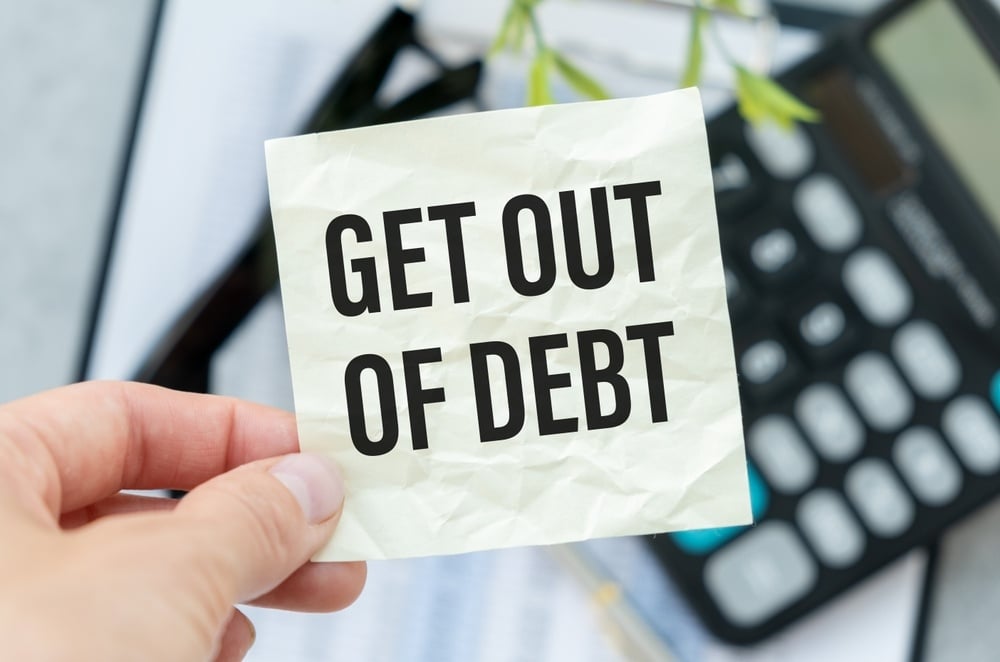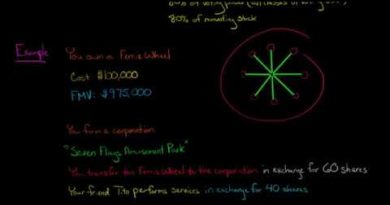Trump and Harris’ Efforts to Fight Inflation are Not Likely To Be Successful
The problem: Many of his specific policy prescriptions would make inflation worse. The problem: Many of his specific policy prescriptions would make inflation worse.
Democratic presidential candidate Kamala Harris wants to fight inflation too, but by targeting a handful of high-profile goods and services. Even if her plan worked as intended, which history suggests it wouldn’t, it would still do little to slow down the overall rise in consumer prices. It is unlikely that inflation will continue to decline before either candidate takes office. Voters are still concerned about inflation, even though the price pressures have eased in recent months. Both candidates want to appear to be in favor of bold measures to combat inflation. Only two fiscal policy levers are able to moderate demand and slow price increases: reducing federal spending or increasing taxes. Trump’s Anti-Inflation Plan
Trump promises to not only slow inflation, but also bring down the price level. This is a risky objective, as a deflation of this magnitude would only occur in a recession.
More importantly, he has proposed lowering income taxes, increasing tariffs, deporting illegal immigrants, and limiting the independence of the Federal Reserve. Each would worsen the inflation. Tax Cuts:
Trump promised many tax cut, including making the 2017 Tax Cuts and Jobs Act permanent, further reducing corporate income tax rates, and eliminating federal taxes on Social Security benefits and tips. His running mate, Senator JD Vance, has proposed what sounds like a universal Child Tax Credit.
Because Trump has not specified details of any of these ideas, it is hard to estimate their price tag. The combined cost of these ideas could be as high as $6 trillion or even $7 trillion in 10 years. Extending the TCJA alone would lower taxes by more than $4 trillion, while repealing the tax on Social Security benefits would reduce taxes by another $1.5 trillion, the Tax Policy Center estimates.
Much of that money would be spent by consumers and businesses, and that added demand likely would raise prices.
Tariffs.
Trump’s tariffs would increase consumer prices on imported goods and, perhaps, on domestic products that compete with them. Tariffs. Trump’s tariffs would increase consumer prices on imported goods and, perhaps, on domestic products that compete with them. TPC estimates that they would raise $2.8 trillion in 10 years. This is a fraction of Trump’s proposed income tax cut. Trump would therefore substantially reduce taxes, which would likely boost demand and prices.
Immigration.
Shutting the borders and deporting millions of immigrants who are currently living and working in America and Trump’s promise to deport them would reduce the number of workers. This would force employers to pay higher salaries to those who are still in the labor pool. This would lead to higher prices and inflation. Trump’s agenda will put a huge burden on the Fed if inflation predictions are realized. The Fed would be forced to raise interest rates in order to keep prices under control. But both in his first term as president and in the current campaign, Trump has made no secret of his frustration with the Fed’s efforts to control inflation by raising interest rates, a tool that has been extremely successful in the current environment.
Harris And InflationFor her part, Harris proposed a package of ideas aimed at “bringing down costs for American families.” But unlike Trump, who focused on the overall price level, Harris targeted housing, health care, the cost of raising young children, and groceries.
These ideas could total as much as $2 trillion in new spending and tax cuts over 10 years, according to the Committee for a Responsible Federal Budget. Harris’s campaign claims that she would pay for some of her initiatives by raising the top corporate tax rate. While her subsidies might reduce the after-tax costs of these goods and services for households that receive benefits, their impact on inflation would be mixed.
Housing. Harris will create new tax incentives to encourage builders to increase the supply, and at the same time offer housing subsidies to renters and first-time homebuyers. The standard economic theory suggests the net effect of both increasing supply and demand on home prices would be modest. Medicare’s ability for negotiating drug prices would likely lower costs for both the federal and consumer governments. But will drug makers simply make it up by hiking prices of other pharmaceuticals?
Children
: Increasing tax credits for parents may benefit eligible families by increasing their resources to purchase child-related goods and services. This increased demand will also likely lead to higher prices for these products. There is no evidence it would lower prices.
Groceries:
Harris vows to ban price gouging, though she doesn’t say how. She targets food and grocery companies but if she limits their profits, they will likely produce less. This shrinking of the supply would lead to higher prices, not lower ones. Trump calls Harris Initiatives Communist. They are not. Indeed, the best-known attempt by a modern-era president to manage prices was by Richard Nixon who, more than a half-century ago, imposed temporary wage and price controls.
Nixon surely was no Communist. His effort was a failure. Maybe there is a valuable lesson to be learned from his experience.–






